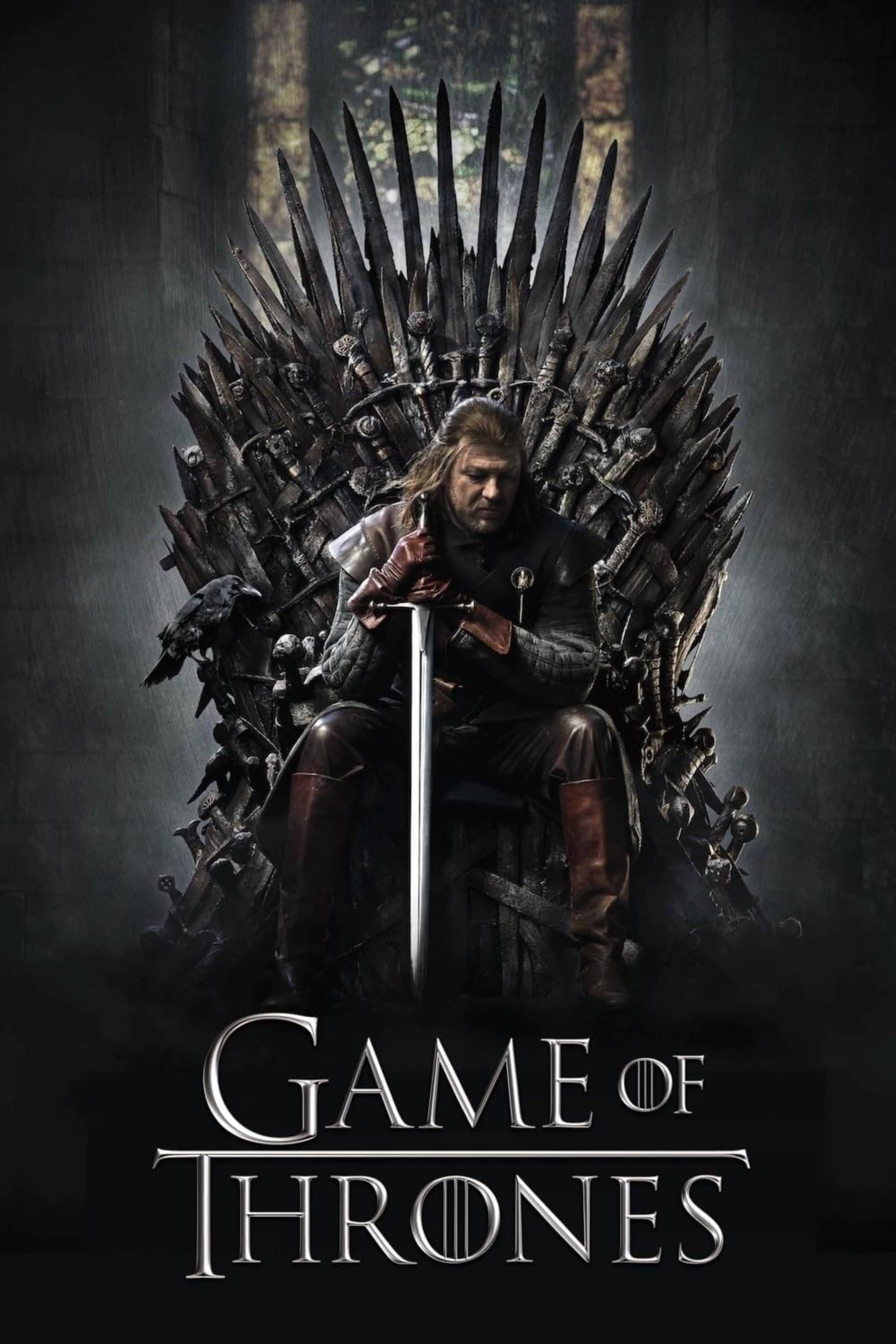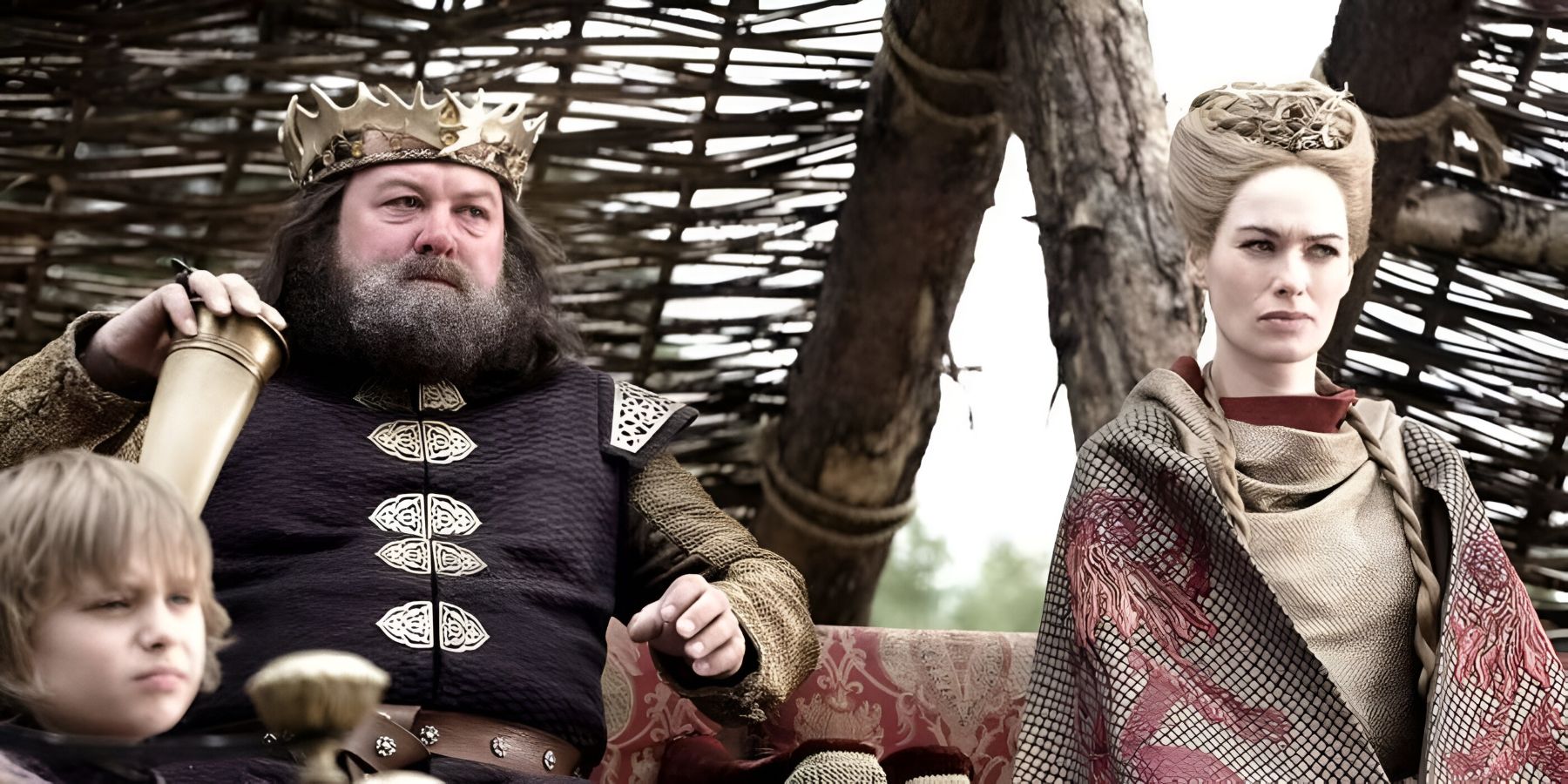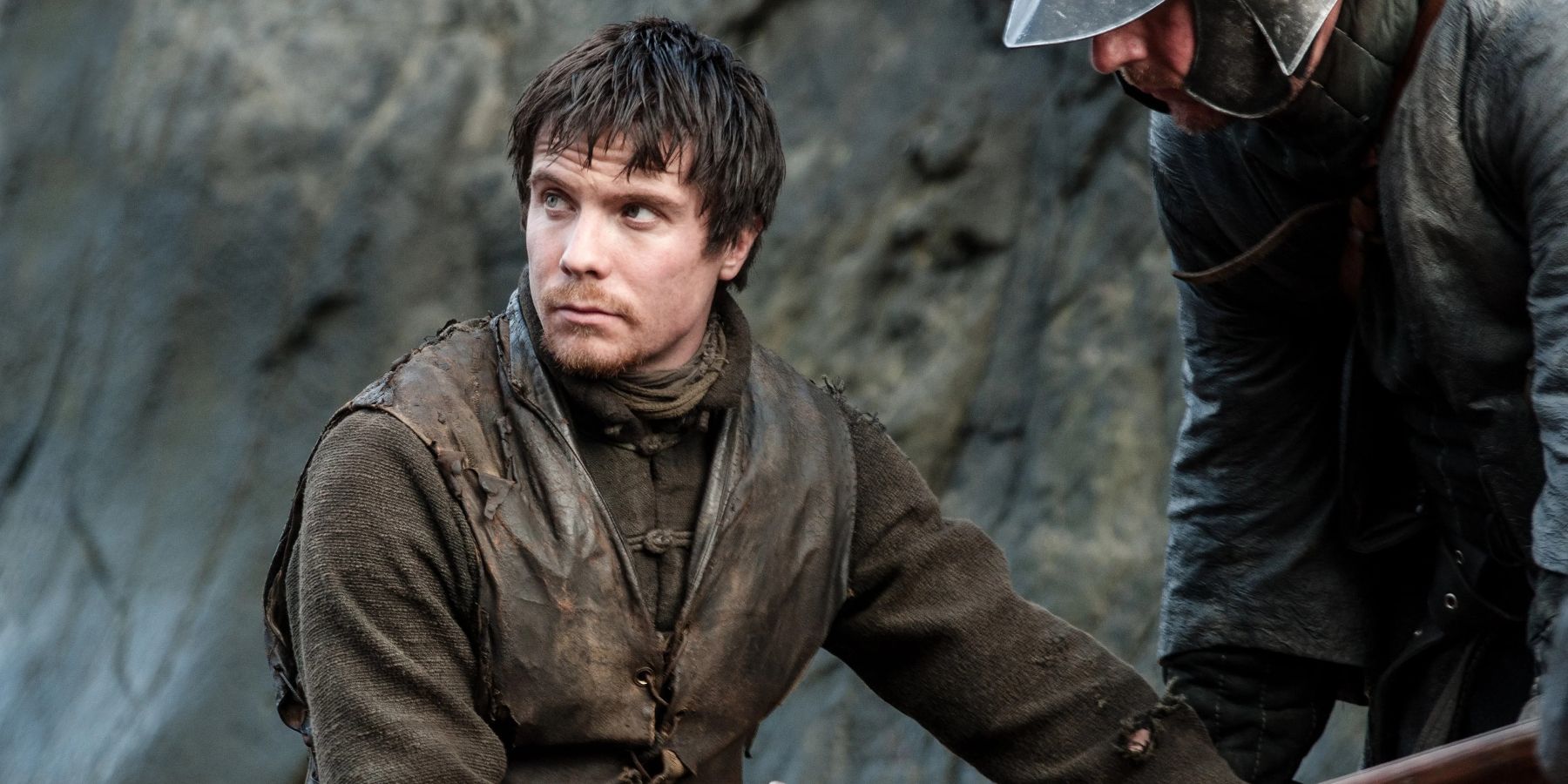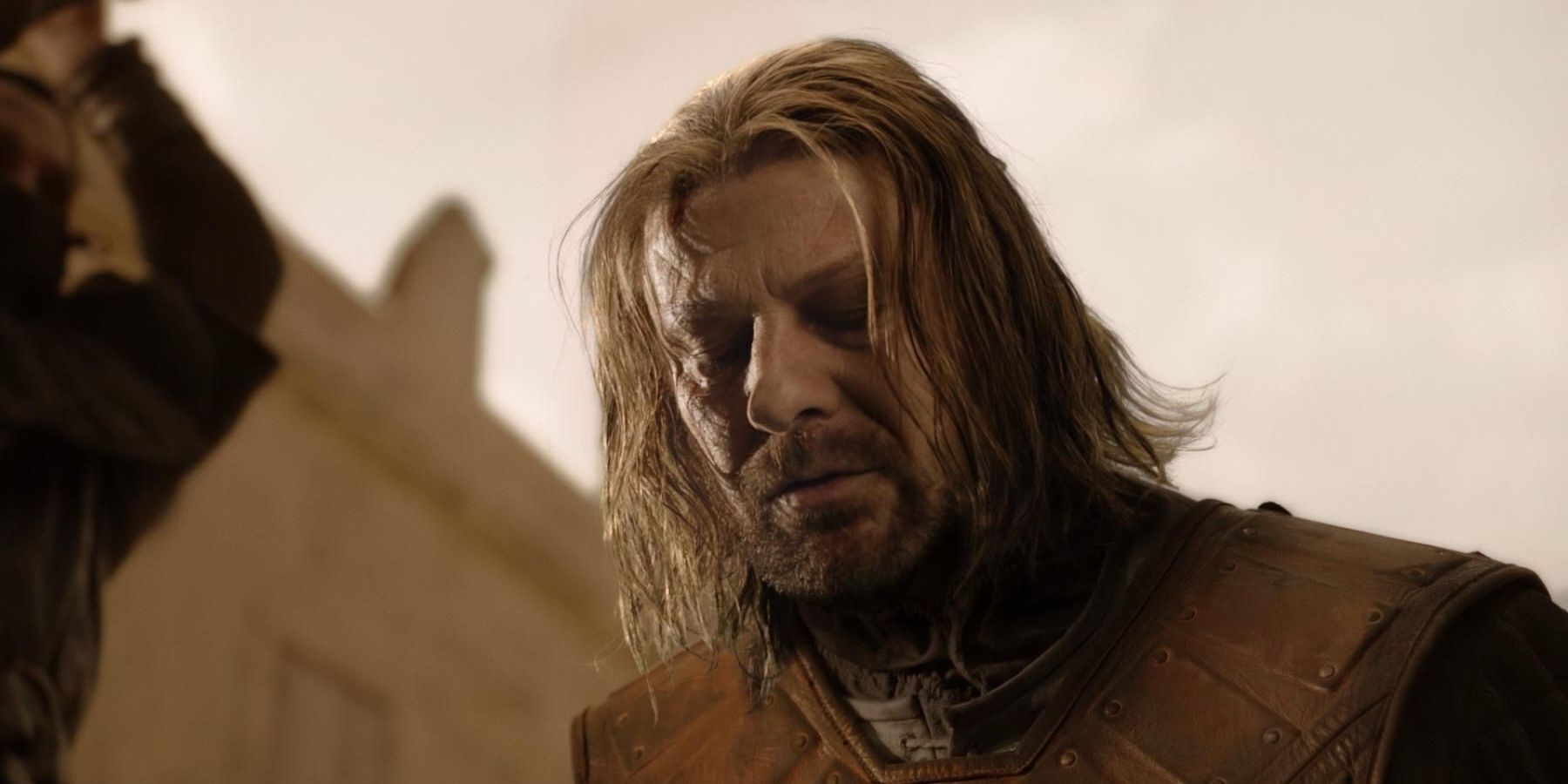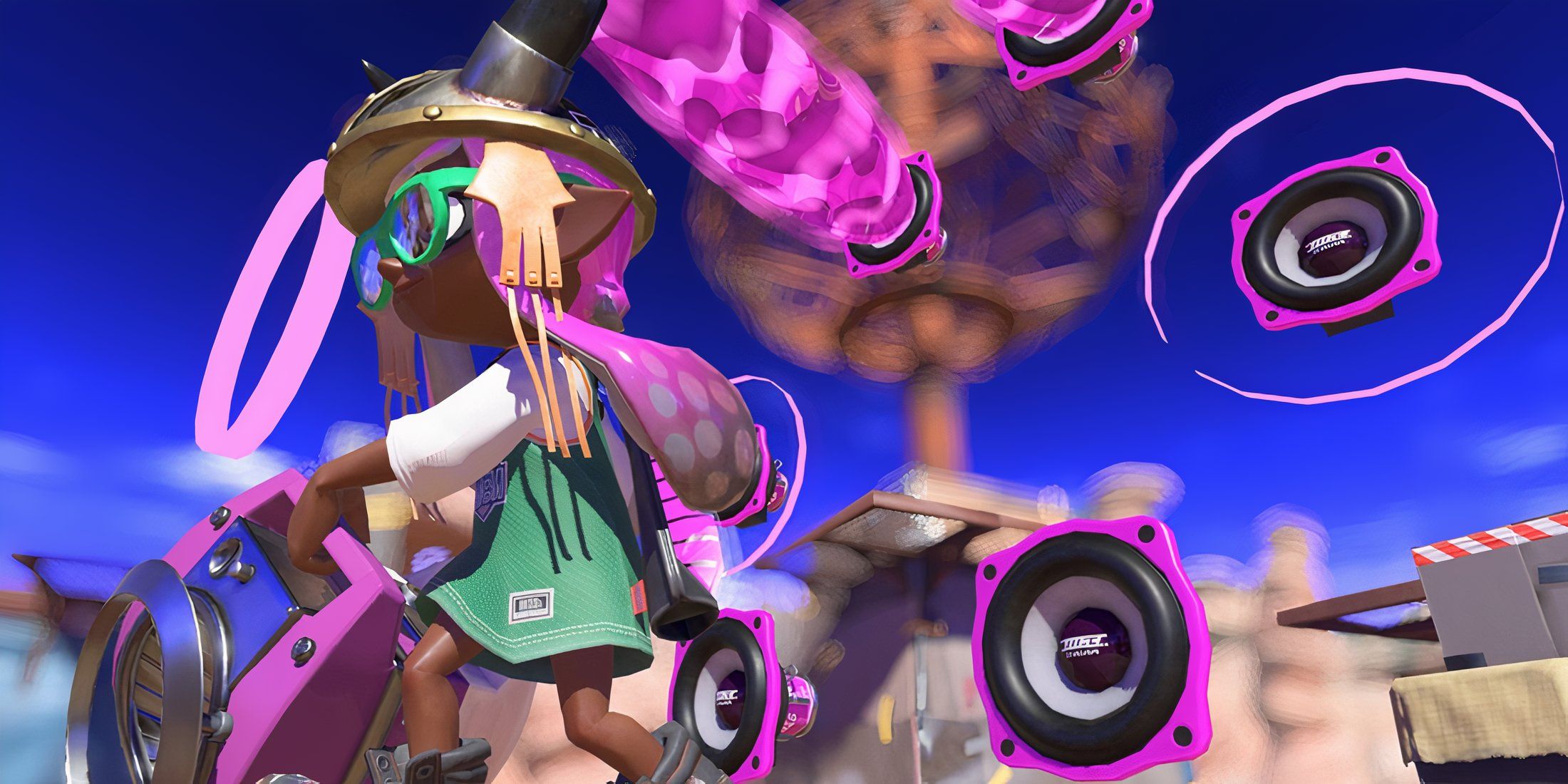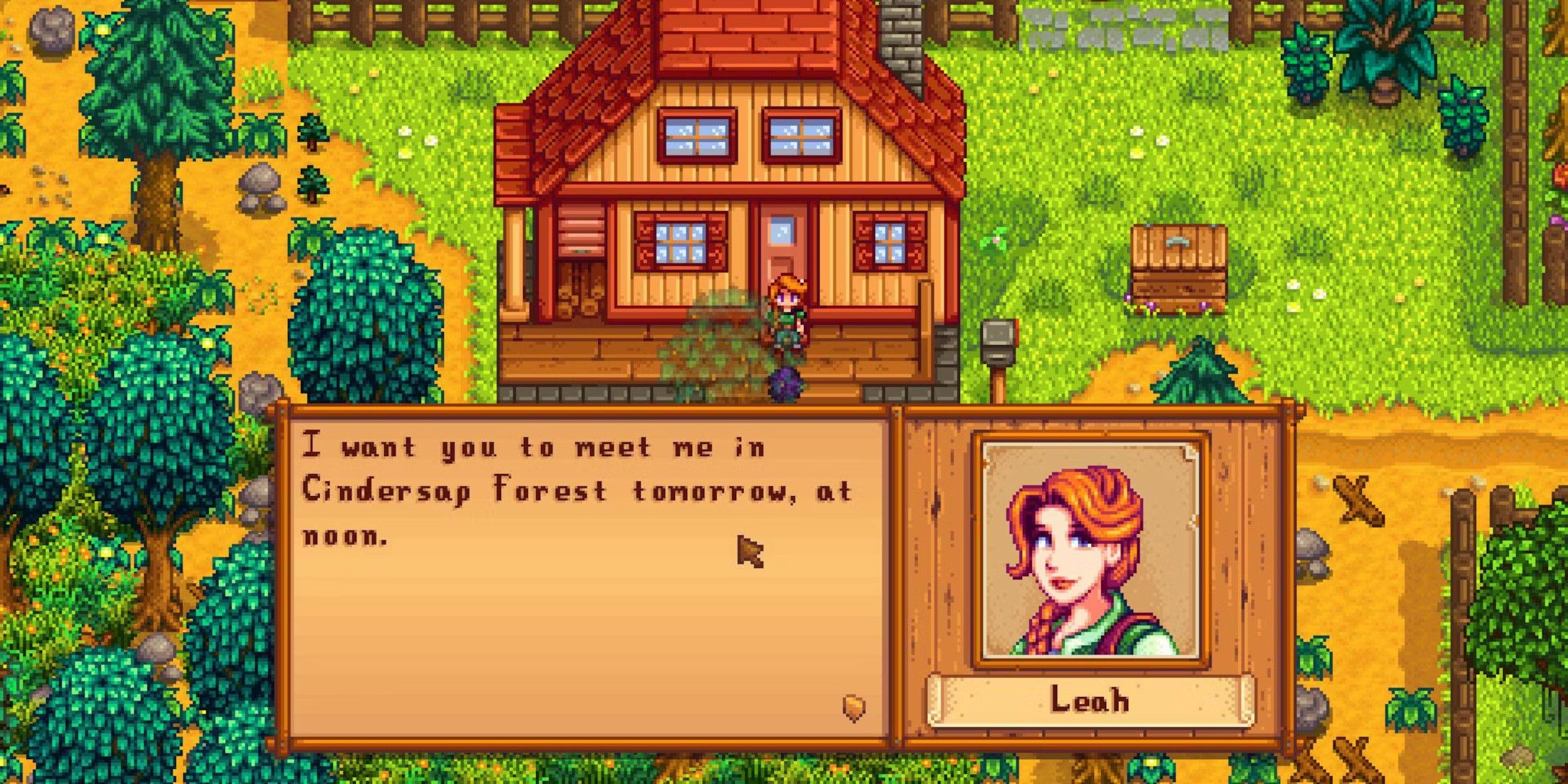In Game of Thrones, one of the bigger plots playing out during season one is the legitimacy of Cersei Lannister’s three children, Joffrey, Myrcella, and Tommen. Unfortunately for Ned Stark, he’s gotten himself right in the middle of this mess, trying to do the honorable thing. However, the way Ned goes about things is considered one of the bigger plot holes of the season.
Ned believes that Robert Baratheon isn’t the biological father of Cersei’s three children. His theory did prove to be correct, as Jaime Lannister, Cersei’s twin brother, is their real father. However, this entire plot is very messy, not to mention a very dangerous accusation on Ned’s part.
Related
Game Of Thrones: The Execution of Ned Stark, Explained
Game Of Thrones is filled with dead, but the situation behind the execution of Ned Stark might have some people wondering about the finer details.
Game of Thrones isn’t free of plot holes. One famous example is the bathtub scene where Melisandre appears young, but isn’t wearing her magical necklace that conceals her age. However, plot of Ned discovering and unveiling the truth behind Joffrey, Myrcella, and Tommen’s father shouldn’t be considered one. While it’s understandable why some view it as a plothole, there is actually evidence from both the show and books that back up this plot and Ned’s theory.
Why Is Ned’s Theory Considered A Plot Hole?
Ned Stark concludes that Cersei’s three children aren’t Robert’s biological children, thus making them illegitimate and not heirs to the Iron Throne. Viewers learn that Ned was in fact correct. However, many see this as a plot hole due to the evidence that Ned uses in order to prove his theory.
After learning what the previous Hand of the King, Jon Arryn, was investigating, Ned decided to pick up after him as the newly appointed Hand of the King. Through his investigation, he learns that Joffrey, Myrcella, and Tommen are not Robert’s children, and that Jaime Lannister is instead their father. This would prove to be a huge scandal, because not only are the children illegitimate, but they were born from incest.
Here’s where some viewers have issues with this. When Ned makes his discoveries, his evidence is based solely on the physical appearance of the children’s hair color in comparison to the Baratheon lineages he found in the record book of the houses of Westeros.
Lord Orys Baratheon, black of hair. Axel Baratheon, black of hair. Lyonel Baratheon, black of hair. Steffon Baratheon, black of hair. Robert Baratheon, black of hair. Joffrey Baratheon…golden hair.
Ned uses the fact that Joffrey, Myrcella, and Tommen all look just like Cersei as his foundation for his accusation. Many fans feel this is not enough proof to back up Ned’s theory, making it a plot hole. Throughout the show, viewers see that not all children take after their parents’ dominant traits (such as Sansa taking after her mother, Catelyn Stark, instead of Ned).
Why Isn’t Ned’s Theory A Plot Hole?
It’s understandable why audiences believe that the children’s hair color alone isn’t enough evidence. However, Game of Thrones actually does provide enough information for this plot to be solid.
First, it’s not as if Ned randomly jumped to the conclusion that Cersei’s children are illegitimate, and arbitrarily guessed Jaime as their father. The only reason Ned started down this path was because he was looking into what the previous Hand of the King was investigating: Robert Baratheon’s bastard children. Before his death, Jon Arryn was a trusted friend and father figure to both Ned and Robert. Since Ned knew Jon to do the honorable thing, he had every reason to believe there was a good reason for Jon looking into Robert’s bastard children. This was especially true when he took into account Jon Arryn’s dying words. Viewers now know that they were not about his own son, Robin Arryn, as Lysa Arryn believed. Instead, they were about Robert’s genes:
Jon knew. The seed is strong, he told me. His last words. He kept saying Robert’s name, and he grabbed my arm so hard he left marks. Tell them, the seed is strong…
To back up his theory, Ned even meets with one of Robert’s illegitimate children, Gendry. Gendry proves to be the spitting image of a young Robert, unlike Joffrey, who looks nothing like Robert. George R.R. Martin even notes that every past Baratheon-Lannister marriage resulted in children with black hair.
Between Jon Arryn’s investigation and last words, Robert’s strong genes, and Cersei’s kids looking remarkably like Lannisters, Ned started to see the full picture. But the icing on the cake is when he hears a conversation between his own children. Arya tells her older sister that Joffrey’s sigil is the same as Robert’s, but Sansa retorts that Joffrey couldn’t be any more different from his father:
He is not. He’s nothing like that old drunk king.
How Does Ned Still Make Mistakes?
It’s impossible to deny that Ned could have approached this situation better. The way he approached it ended up leading to him being accused of treason. Perhaps if he had gone about it differently, and didn’t put his trust in Petyr Baelish, the Master of Coin, this plotline in season one could have gone in another direction, resulting in Ned surviving.
However, there wouldn’t be much of a story if Ned hadn’t been driven by his honor. Had Ned resorted to other methods to resolve the situation, things would have played out very differently for Westeros. Perhaps the War of the Five Kings never would have existed, which in turn would eliminate many other stories and plots in the series.
But if one thing is certain, Ned is a man of honor, which means that, unlike many other characters in Game of Thrones, it was never an option for him to play dirty. He was always going to do things the right way, even if that resulted in his death.
